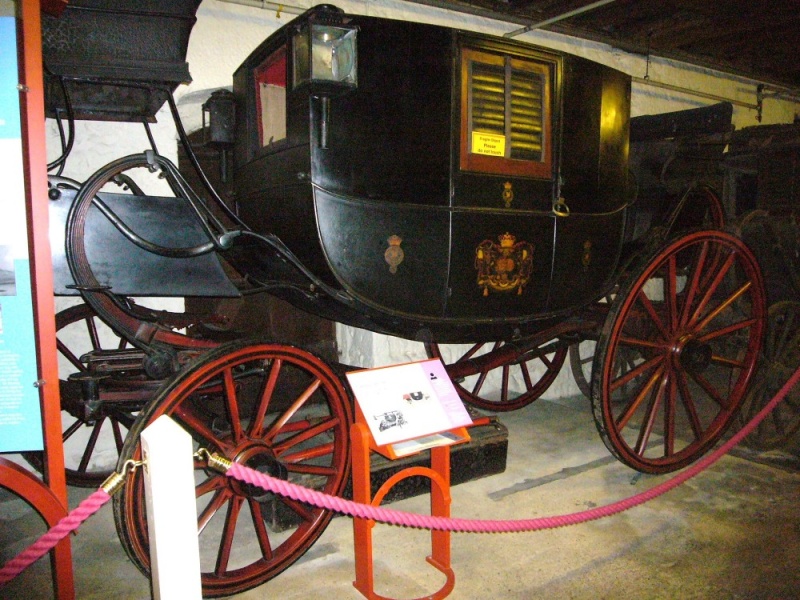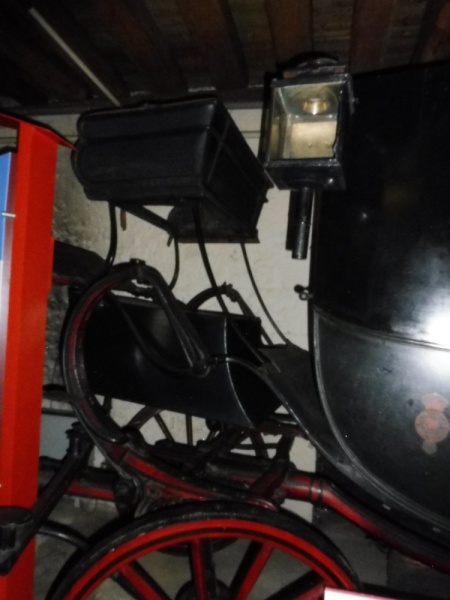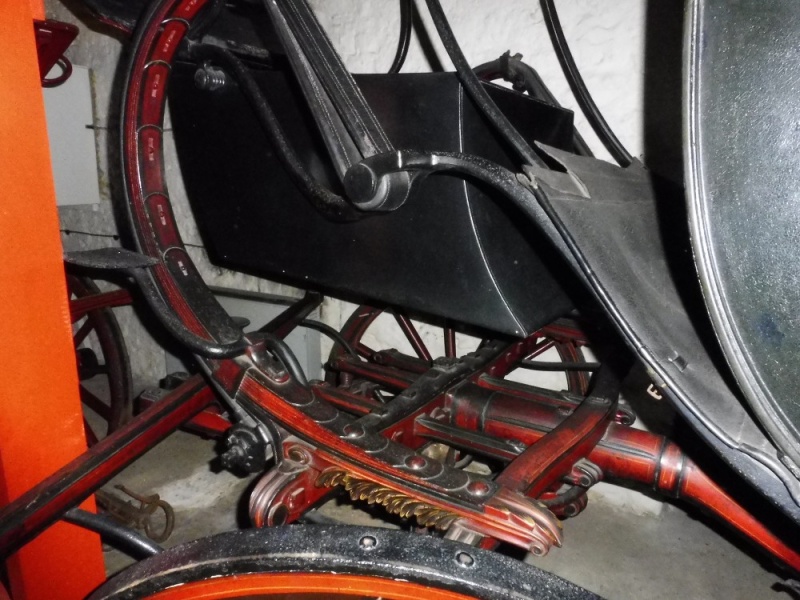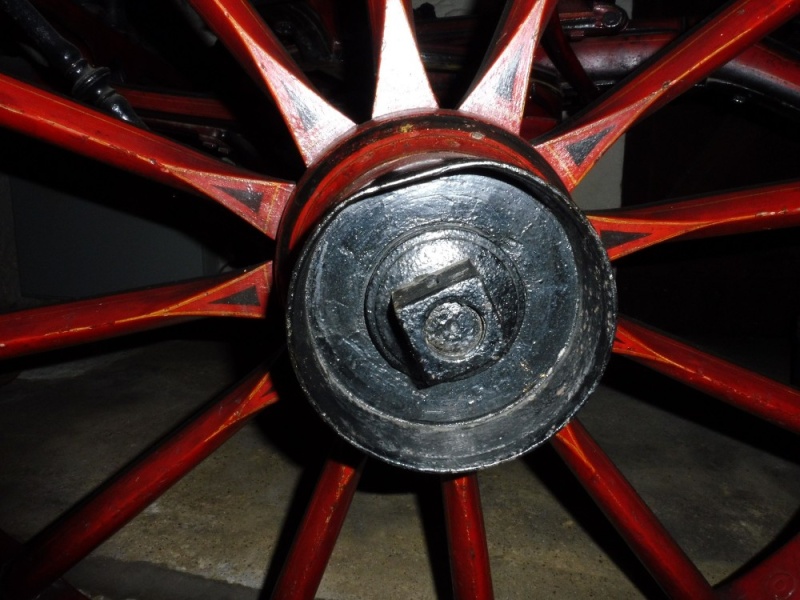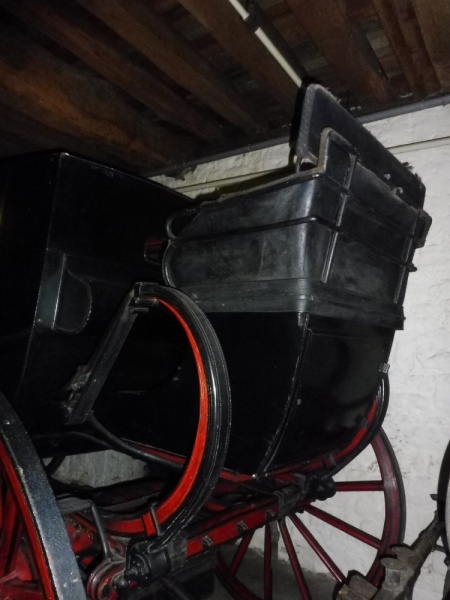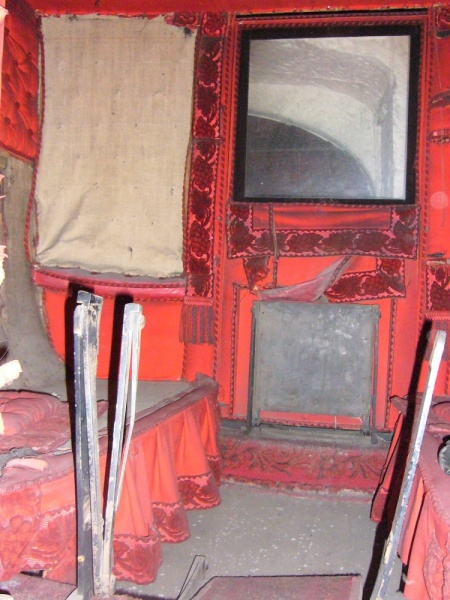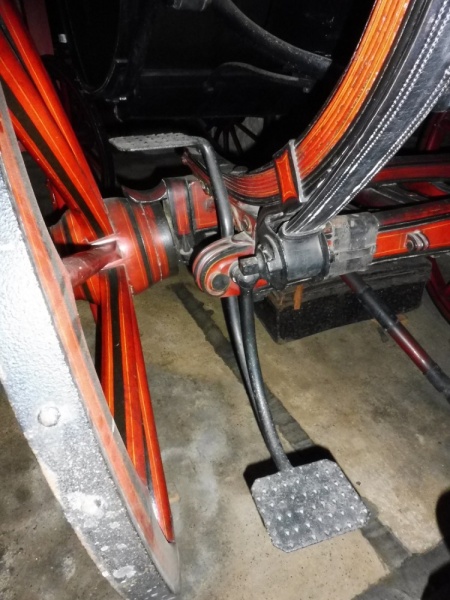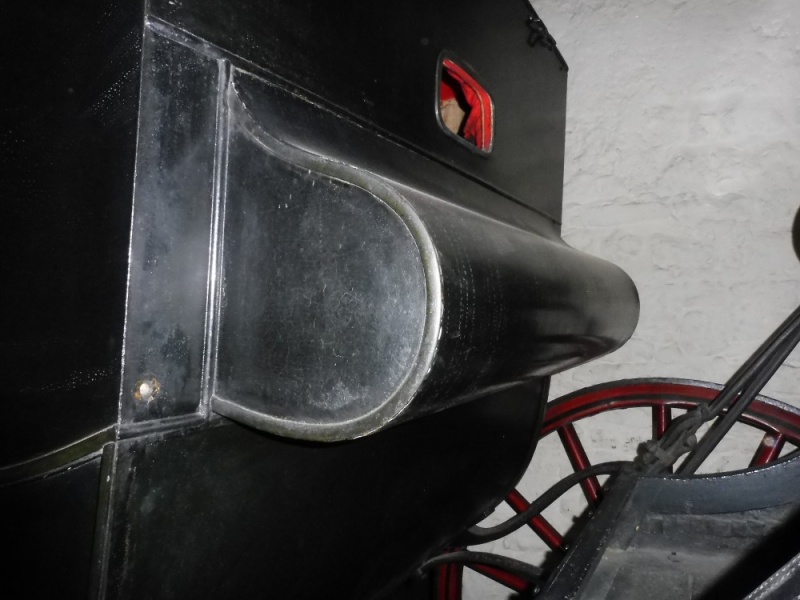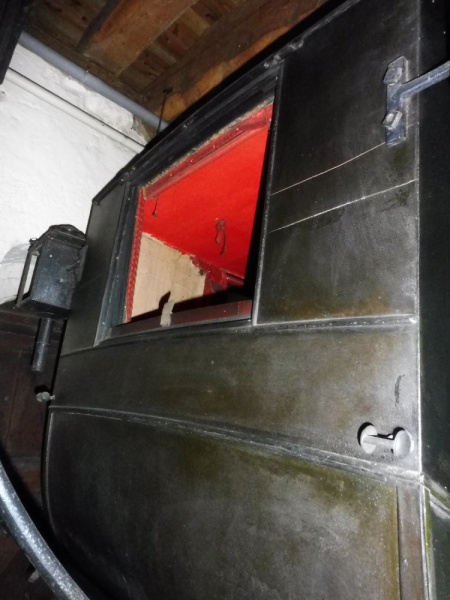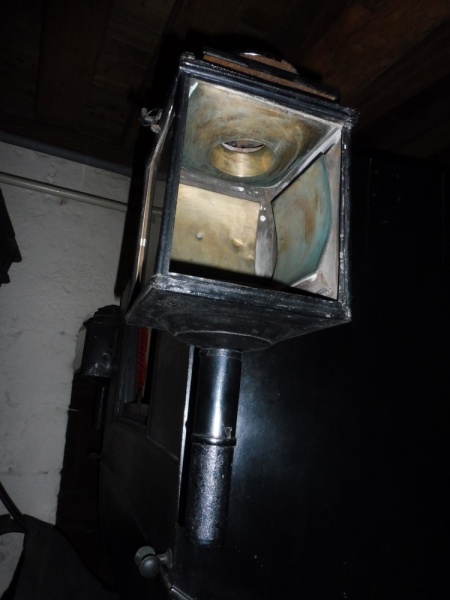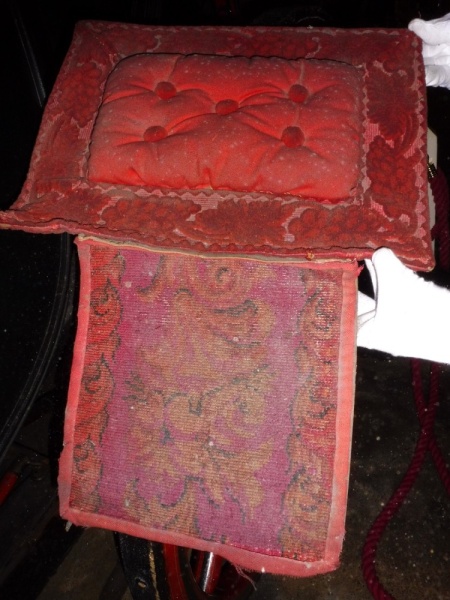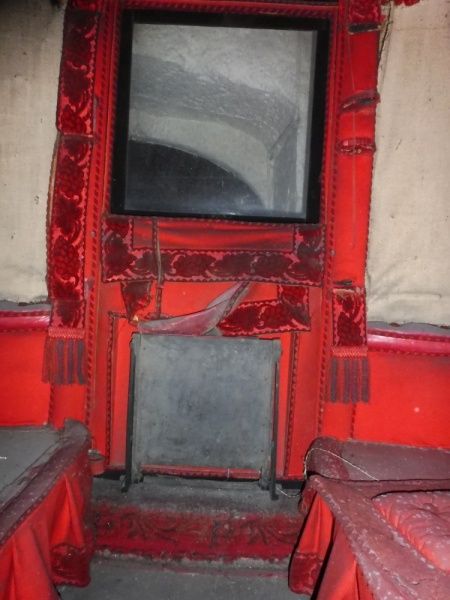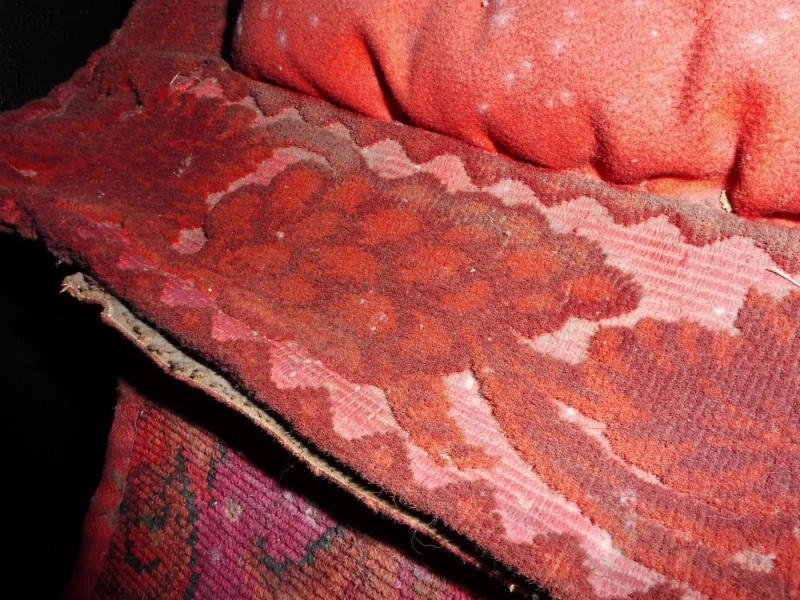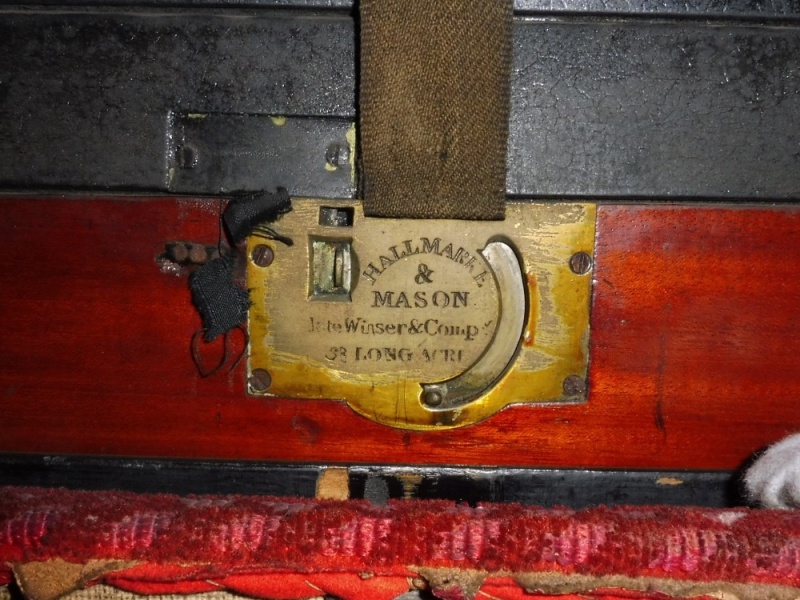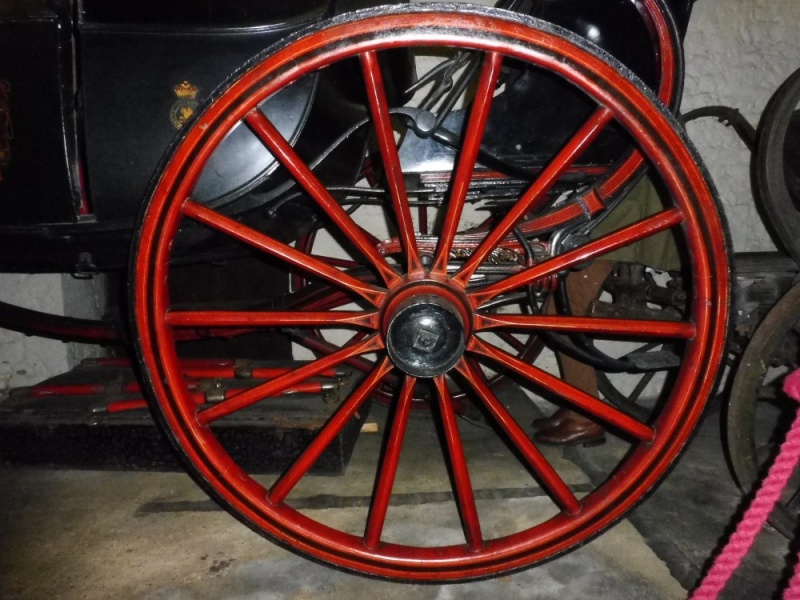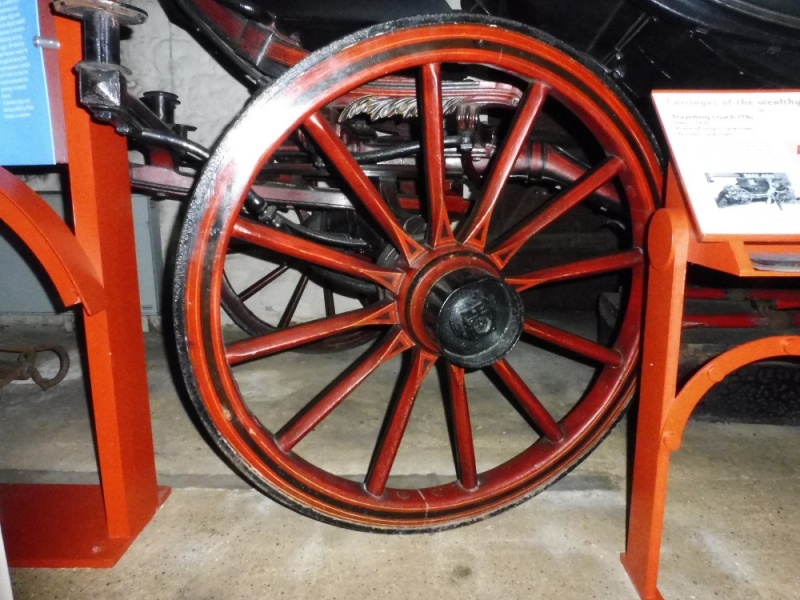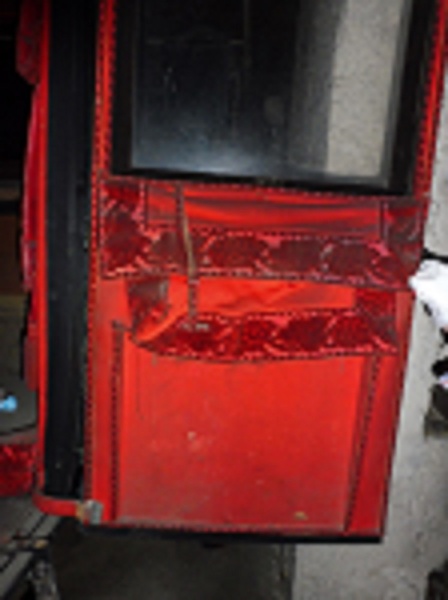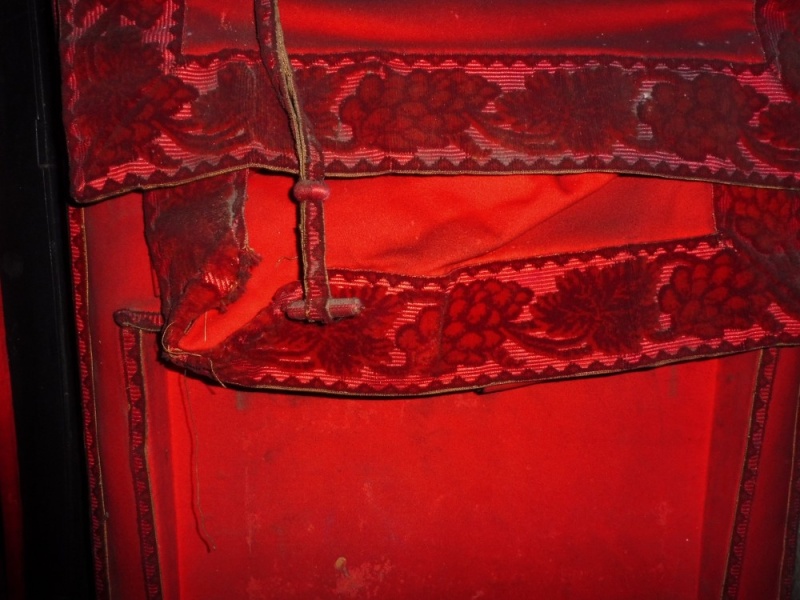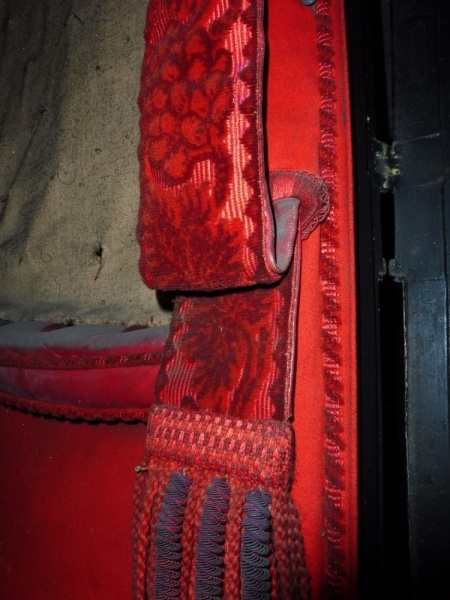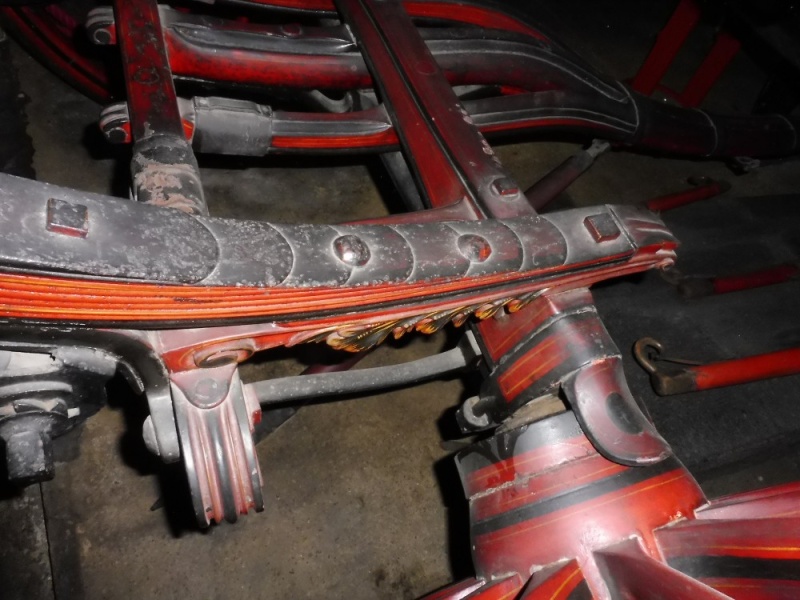Use the dots above to scroll through images.
Listed in 1 collection
Listed at 1 museum
Listed for 1 maker
Quick Details
Carriage Type
Travelling Coach
Date of Production
circa 1840
Accession or Inventory Number
1994.149
Materials used
Paint, Wood, Iron, Leather, Wool Box Cloth, Brass, SilkSummary of Travelling Coach
A Travelling Coach for a team of four or six horses in original unused condition. The coach has a coachman's seat and a rumble seat, is sprung on C springs and painted in green and black with red undercarriage and black and yellow lining. The interior is a shadow of its former splendour of brilliant red wool cloth and broadlace.
This outstandingly original coach was built for John, 12th Earl of Moray. It was to be used for his honeymoon after his marriage to the daughter of the Earl of Elgin. Six magnificent white horses were bought to draw it on their “Grand Tour” of Europe. However, the wedding did not take place and the Earl was said to have had the horses shot and ordered the coach to be wheeled into the coach house never to be used. It did not leave the coach house until 1951 when it was moved to the Maidstone museum.
Full description
This is a super example of a Travelling Coach that has never been used since the day it was built. The body seats four people and is of standard format with a sword case at the back. The lower body panels are edged with black painted brass beading. The front body panels have fittings to attach sway straps to. The dumb irons are elegantly curved and supported on leather braces from C springs. The coachman’s seat is high and supported at the back by two curved iron braces fitted to the front of the coach body and to the footboard at the front. The seat has a leather skirt with a black painted brass beading. The seat board and cushions appear to be missing. Under the seat is a boot which is in pristine condition. At the back is a rumble seat with a boot space underneath. The seat has double rails, a lazyback and a leather surround and skirt.
The doors are hung on external butt hinges and have oval brass handles. A concealed lock is situated on the upper side panel flush with the door frame. Each door has lowering windows with black cloth covered frames and shutter panels with black painted shutters. A brass plaque on the bottom of the shutters states the maker’s as Hallmarke and Mason. At the front of the coach is a rectangular window with lowering window and shutter and a small rectangular window is in the back panel.
This coach shows evidence of some vandalism as the folding steps used to access the inside have been bent and broken to the point where they will not fold down. Mounted on the C springs at the front are steps (one each side) for the coachman to access the box seat. They are on a plain bracket with a rectangular jagged plate. The roller bolts have jagged upper sides for use as steps. Two steps are fitted to the hind carriage both with rectangular jagged steps.
Lamp brackets are bolted to the front corners of the body of the coach. They hold square black painted lamps that are plain in design with single chimneys which are typical lamps for a travelling coach.
In front this coach has 12 spoke English pattern wheels and 14 spoke behind on common axles. The iron tyres are the original and have no wear at all on them at all with the coach having been stood in a coach house and never used. The coach is sprung on C springs front and back with tightening ratchets.
Having never been horsed, this coach, apart from the paintwork on the body discolouring a little, is pristine and the freshness of the carving and paintwork on the closed futchell forecarriage and on the hindcarriage illustrate this. The undercarriage is carved with stylised acanthus leaves and scrolls that are beautifully painted. The perch is solid and compassed down to follow the line of the body of the coach. A drag pole is fitted to the hindcarriage.
The upper body panels, dumb irons, coachman’s and rumble seat are painted black. The lower body panels are dark green. The forecarriage, hindcariage, perch and springs are painted red with black and yellow lining. On each door is a large family crest with smaller motifs on the lower body panels.
Whilst the exterior has escaped any damage, the interior has sadly been vandalised with areas of textile having been literally ripped out. The upholstery that remains reveals what was once a very beautiful interior. A wool cloth of a startlingly bright scarlet lines the side panels and forms the seat valances. The broadlace is of the most expensive variety with a deep plush and a pattern of grapes and vines all in bright red. The fringes are red and brilliant blue silk. On the steps are deep buttoned squabs edged with the broadlace and a cut pile carpet of a foliate design in red, gold, black and cerise pink. Red jacquard seaming lace borders the doors and window frames.
The internal furniture is most likely wood as it is served with silk.
Inscriptions
On a brass plaque at the bottom of the shutters: HALLMARKE & MASON Late Winser&Comp 38 LONG ACRE
Condition report
Having never been used this carriage is in superb condition with no wear or tear on the structural elements. The interior shows the most damage having been vandalised and because the close on the doors is so tight there is little air circulation therefore mould growth is evident. It would be a good idea to lower the windows to allow some air circulation.
Access information
This Travelling Coacht is in the care of the Tyrwhitt-Drake Carriage Museum.
Maidstone Museum and Art Gallery
St Faith's Street,
Maidstone
ME14 1LH
Picture credit
Maidstone Museum/Amy Bracey

 Carriage Foundation
Carriage Foundation